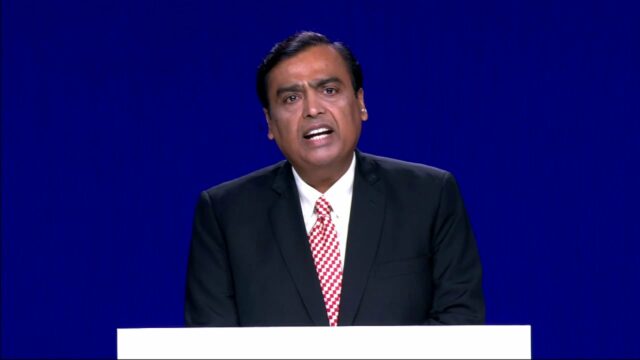Reliance Jio has become the world’s largest mobile operator in data traffic according to global analytics firm Tefficient. In a recent tweet on X, the global analytics firm wrote. “The total traffic on the Jio network has reached 40.9 Exabytes compared with China Mobile’s 38 Exabytes during the January-March quarter, according to global analytics firm Tefficient. (it should be 38.9 for China Mobile).” An exabyte is a large unit of data storage and is used to determine and measure smartphone traffic.
According to a press release, the total traffic on the Jio network has marked a 35.2 per cent year-on-year increase.
Quarterly results from Jio have also shown that the company has a subscriber base of 481.8 million, out of which 108 million are on Jio’s True5G Standalone network, which is the world’s second largest subscriber base. The lead however is maintained by China Mobile, who revealed that it had ended the first quarter of the year with a total of 488 million 5G subscribers. China Mobile also reported that it had a net addition of 138 million 5G subscribers during 2023.
Commenting on the rise in subscribers, Mukesh Ambani, chairman and managing director of Reliance, said in a statement. “With over 108 million True 5G customers, Jio truly leads the 5G transformation in India. From upgrading the hitherto 2G users to smartphones, to leading the effort of producing AI-driven solutions, Jio has proved its capability in strengthening the nation’s digital infrastructure.”
Statistics show that 28% of Reliance’s traffic comes from 5G subscribers and analysts have attributed this surge to the onset of the COVID pandemic, where there was a growing adoption of 5G and Home services. After the COVID-19 pandemic, an increase in annual data traffic by 2.4x was seen, and per capita monthly data usage also reached up to 28.7 GB from just 13.3 GB three years ago
















